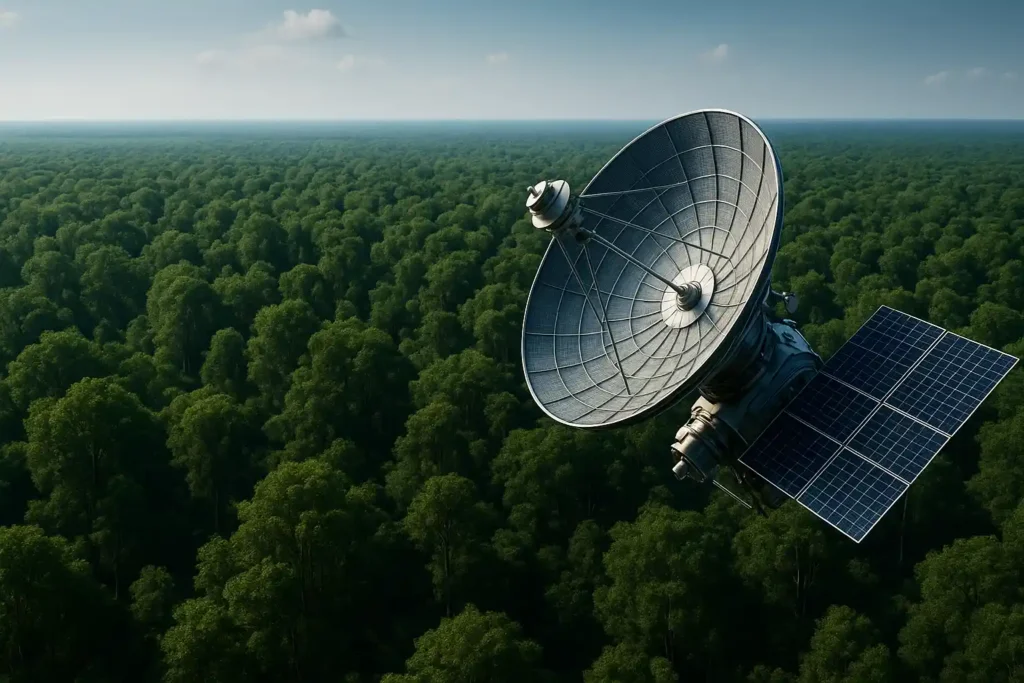Punjab has taken a major technological leap in environmental governance by launching a satellite-based monitoring system for all forests across the province.
In a statement on Thursday, Senior Provincial Minister Marriyum Aurangzeb announced that Punjab is now using high-resolution satellite technologies such as WorldView-3, SPOT 6–7, Pleiades, PRSS-1, Landsat, and Sentinel-2 to keep a constant watch on forest areas, tree cover, and ecosystem changes in real time.
According to the minister, live satellite feeds will enable authorities to instantly detect illegal logging, encroachment and suspicious activity. Once an anomaly is flagged, the Environmental Protection Force will be alerted and dispatched without delay, turning what was once a slow, manual process into a rapid-response, data-driven system.
For the first time, Punjab is compiling a complete electronic record of all forests, including boundaries and land-use patterns. This digital record is designed to stop land tampering, illegal occupation and unauthorized changes, and will also guide planners in identifying suitable sites for future plantation drives.
The system is particularly important for early forest fire detection, faster damage assessment, and improved departmental coordination during emergencies. By layering satellite data over ground reports, officials will be able to assess risk zones, track the spread of fires, and prioritize response efforts more accurately.
Beyond tree cover, the new technology will feed into broader wildlife protection and environmental conservation efforts. Changes in habitat, shrinking green belts, and pressure on protected areas will be easier to track and act upon.
Marriyum Aurangzeb said the initiative is ultimately about protecting real forest cover, curbing irregularities, and strengthening long-term environmental safeguards for future generations. The system places Punjab among the provinces using cutting-edge remote sensing and GIS tools to defend nature in an era of climate stress and rapid urbanisation.
